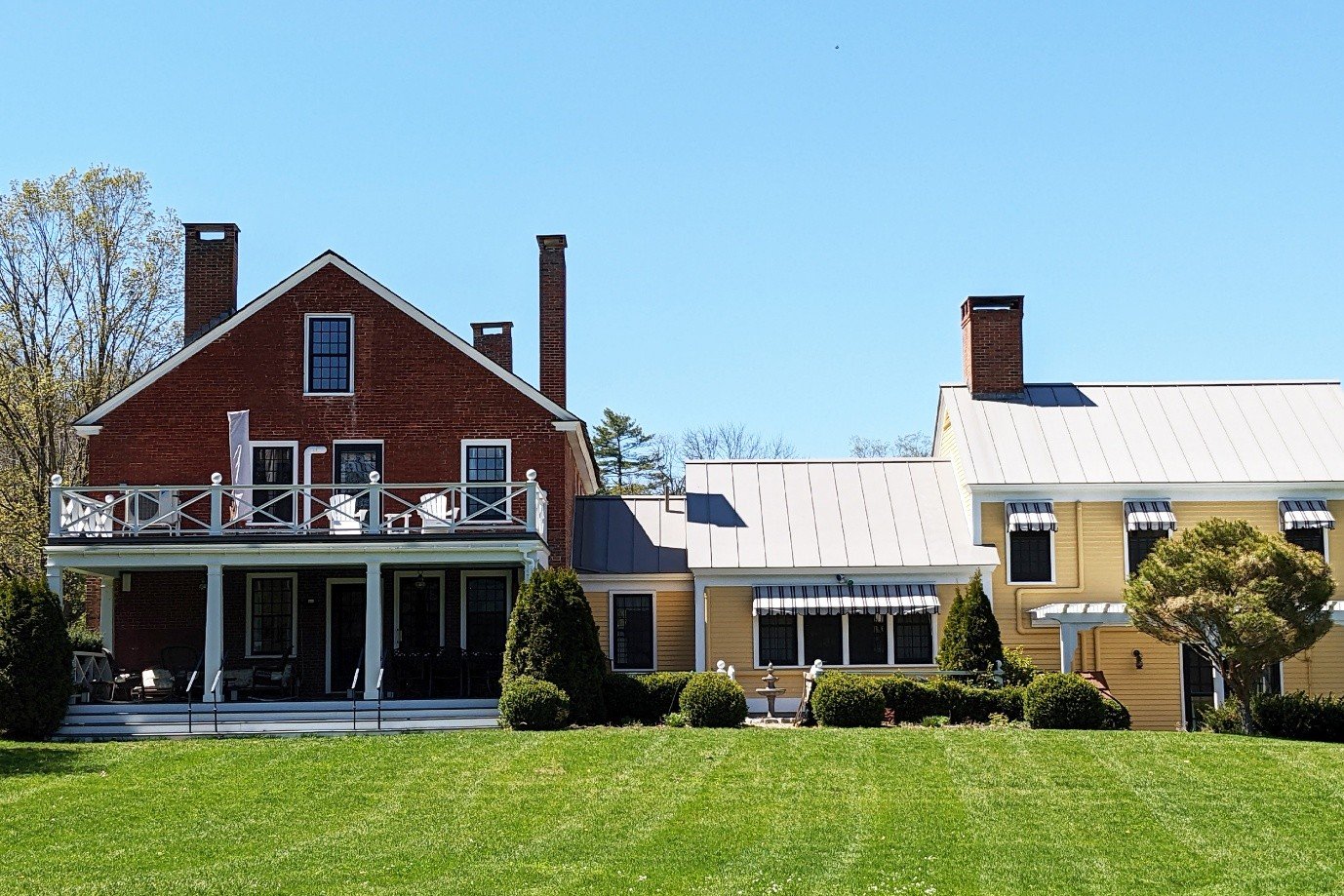
Understanding the Perception vs. Reality of Safety in NYC Neighborhoods
- Apr 25, 2024
- | 151
Safety is a fundamental aspect that shapes our perception and experience of any environment, particularly in bustling metropolises like New York City (NYC). The perception of safety in NYC neighborhoods often varies widely among residents, visitors, and those considering moving to the city. However, these perceptions don't always align with the statistical reality of crime rates and safety measures implemented by local authorities. Exploring the interplay between perception and reality sheds light on the complexities of urban safety dynamics.
Perception:
Perception of safety in NYC neighborhoods is influenced by various factors, including personal experiences, media portrayal, and cultural stereotypes. For many, the image of New York City as depicted in movies and TV shows may evoke impressions of crime-ridden streets, graffiti-covered alleyways, and shadowy figures lurking in dimly lit corners. Such portrayals, although often exaggerated for dramatic effect, can shape individuals' perceptions of safety, especially for those unfamiliar with the city.
Furthermore, personal experiences and anecdotes shared by friends, family, and acquaintances contribute to the perceived safety of specific neighborhoods. Stories of muggings, vandalism, or other criminal activities can create lasting impressions and influence individuals' decisions regarding where to live, work, or visit within the city.
Reality:
Contrary to popular perception, the reality of safety in NYC neighborhoods has evolved significantly over the past few decades. The city has experienced a remarkable decline in crime rates since the 1990s, thanks to concerted efforts by law enforcement agencies, community organizations, and local governments. Initiatives such as community policing, neighborhood watch programs, and targeted law enforcement strategies have contributed to this positive trend.
According to data from the New York City Police Department (NYPD), major crimes, including homicides, robberies, and burglaries, have steadily decreased across most neighborhoods in the city. Improved economic conditions, investment in urban infrastructure, and demographic shifts have also played roles in enhancing safety and quality of life for residents.
Moreover, advancements in technology have enabled law enforcement agencies to implement more sophisticated crime prevention and surveillance measures. CCTV cameras, predictive analytics software, and real-time crime mapping tools help authorities identify high-risk areas and deploy resources more effectively.
Discrepancies and Challenges:
Despite the statistical improvements in safety, disparities persist in perceptions of safety among different demographic groups and neighborhoods within NYC. Socioeconomic factors, such as income level, ethnicity, and housing conditions, can significantly influence how safe individuals feel in their surroundings. Wealthier neighborhoods often benefit from greater investments in security infrastructure and private policing, leading to a heightened sense of safety among residents.
Conversely, low-income neighborhoods, particularly those with high rates of poverty and unemployment, may face greater challenges in combating crime and maintaining public safety. Limited access to resources, social services, and educational opportunities can contribute to cycles of violence and insecurity in these communities.
Moreover, the proliferation of social media and online platforms has amplified the spread of misinformation and fearmongering related to safety issues. Viral videos depicting isolated incidents of crime or unrest can disproportionately influence public perception and contribute to a distorted view of overall safety within NYC neighborhoods.
High Risk Neighborhoods:
While the overall trend in NYC has been towards increased safety, it's important to acknowledge that certain neighborhoods, particularly the most dangerous NYC neighborhoods, still face significant challenges in terms of crime and public safety. Areas with higher concentrations of poverty, gang activity, or illicit drug trade may experience elevated levels of violent crime and property crime. Recognizing and addressing the specific needs of these communities is crucial for promoting inclusive urban development and reducing disparities in safety outcomes across the city.
Moving Forward:
Addressing the perception-reality gap regarding safety in NYC neighborhoods requires a multifaceted approach that combines data-driven policies, community engagement, and social equity initiatives. Building trust between law enforcement agencies and local residents, particularly in underserved communities, is essential for fostering a sense of collective security and empowerment.
Furthermore, investing in holistic strategies that address the root causes of crime, such as poverty, inequality, and lack of access to mental health services, can yield long-term benefits for urban safety and well-being. Empowering communities to participate in decision-making processes related to public safety and urban development fosters a sense of ownership and accountability among residents.
Ultimately, bridging the gap between perception and reality regarding safety in NYC neighborhoods requires ongoing dialogue, collaboration, and commitment from all stakeholders, including government officials, community leaders, and residents alike. By working together to promote inclusivity, equity, and social cohesion, we can create safer, more resilient communities where all individuals can thrive.





